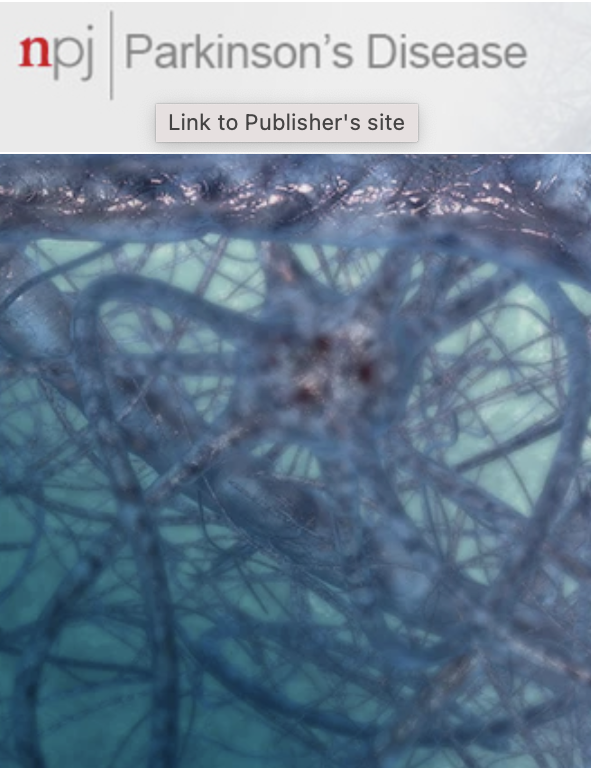Patient, target, device, and program selection for DBS in Parkinson's disease: advancing toward precision care.
IF 8.2
1区 医学
Q1 NEUROSCIENCES
引用次数: 0
Abstract
In Parkinson's disease (PD), several key factors influence patient selection for deep brain stimulation (DBS) as they directly affect long-term outcomes. A comprehensive interdisciplinary assessment is the first step to evaluating risks, benefits, and establishing appropriate goals. Patient-defined symptom priorities play a critical role in selecting the brain target for DBS. The entry of multiple manufacturers of hardware has spurred a rapid acceleration of technological progress. While innovations in programming such as sensing-based physiology-guided programming have introduced the concept of delivering an optimal or "Goldilocks dose", a precise, personalized therapy to address specific PD symptoms, image-guided programming acts like a "GPS," enabling faster determination of dose parameters. Emerging tools such as adaptive and automated programming offer clinicians the potential to provide optimal, energy-efficient stimulation. This review, integrating both old and well-established knowledge and new insights, provides a comprehensive summary of the multidimensional aspects of patient selection, target-specific benefits, advancements in hardware technology, and innovative strategies that are either currently available or on the horizon for DBS programming.帕金森病DBS的患者、靶标、设备和方案选择:向精准护理迈进。
在帕金森病(PD)中,几个关键因素影响患者选择深部脑刺激(DBS),因为它们直接影响长期预后。全面的跨学科评估是评估风险、收益和建立适当目标的第一步。患者定义的症状优先级在选择DBS的脑靶中起着关键作用。多家硬件制造商的进入刺激了技术进步的快速加速。在编程方面的创新,如基于传感的生理引导编程,引入了提供最佳剂量或“金发姑娘剂量”的概念,这是一种精确的、个性化的治疗方法,以解决特定的PD症状,而图像引导编程就像一个“GPS”,能够更快地确定剂量参数。自适应和自动化编程等新兴工具为临床医生提供了最佳、节能的增产措施。这篇综述,整合了旧的和成熟的知识和新的见解,提供了患者选择的多维方面的全面总结,针对特定目标的益处,硬件技术的进步,以及目前可用的或即将出现的DBS编程的创新策略。
本文章由计算机程序翻译,如有差异,请以英文原文为准。
求助全文
约1分钟内获得全文
求助全文
来源期刊

NPJ Parkinson's Disease
Medicine-Neurology (clinical)
CiteScore
9.80
自引率
5.70%
发文量
156
审稿时长
11 weeks
期刊介绍:
npj Parkinson's Disease is a comprehensive open access journal that covers a wide range of research areas related to Parkinson's disease. It publishes original studies in basic science, translational research, and clinical investigations. The journal is dedicated to advancing our understanding of Parkinson's disease by exploring various aspects such as anatomy, etiology, genetics, cellular and molecular physiology, neurophysiology, epidemiology, and therapeutic development. By providing free and immediate access to the scientific and Parkinson's disease community, npj Parkinson's Disease promotes collaboration and knowledge sharing among researchers and healthcare professionals.
 求助内容:
求助内容: 应助结果提醒方式:
应助结果提醒方式:


